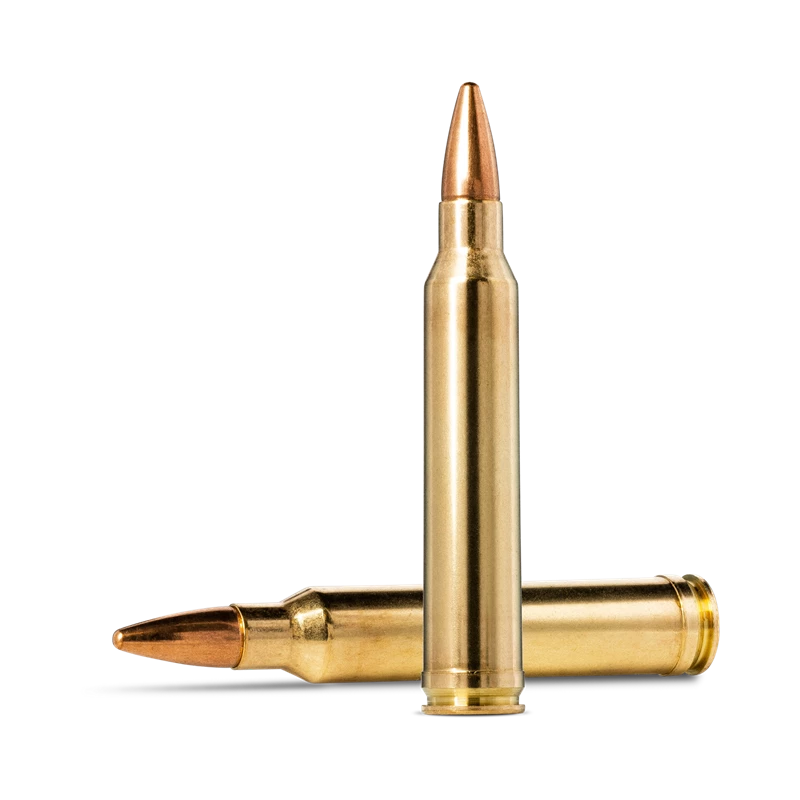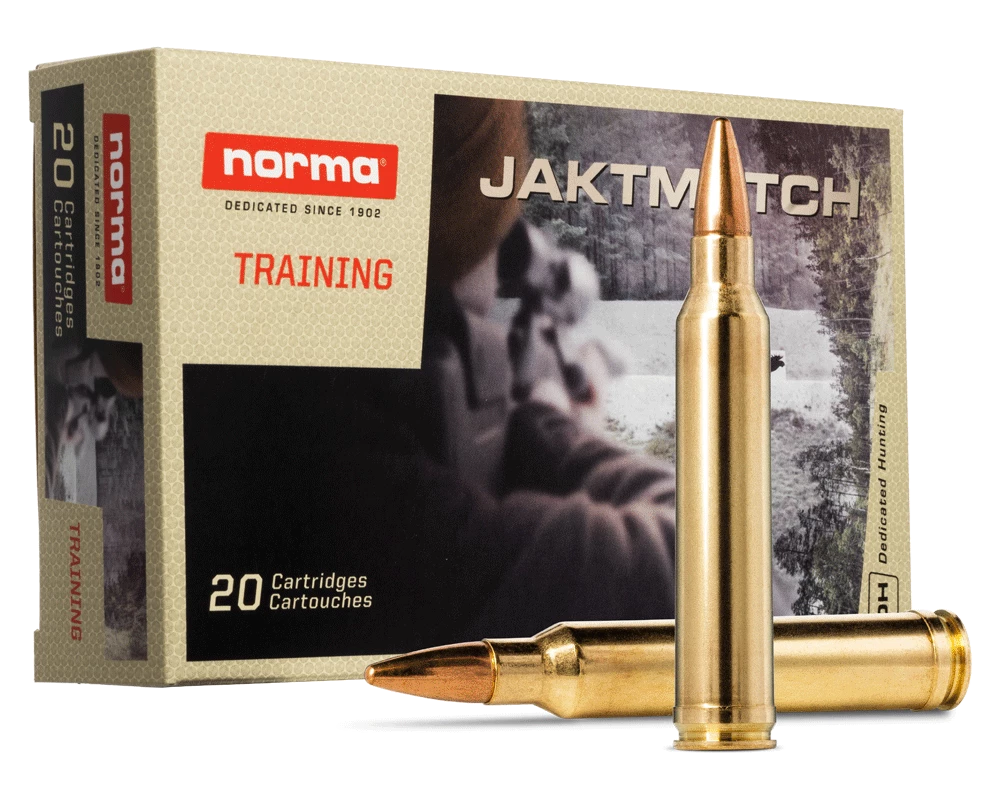


Norma Jaktmatch .300 Winchester Magnum 150gr
300 Win. Mag.
Introduced as late as 1963 this cartridge was soon to become the most popular in the line of .300 magnums. Unlike the predecessors .458, .264 and .338 Winchester Magnums it has a longer case and a rather short neck (.264”) in order to increase the case capacity. As a rule of thumb the neck of a cartridge should be equal to the caliber or preferably a little longer, but experience has shown that the .300 Win. Mag. has not really suffered in this respect. It can still be used in a standard-length bolt action but this means that the heavier bullets must be seated rather deep and hereby occupy some of the powder space. Like the other .300 magnums it is at its best for hunting larger species like moose or elk at long range. The recoil is heavy, but most shooters will be able to handle it after some practice and handloads with lighter bullets are a good choice for this purpose.
Show all 300 Win. Mag.Components



